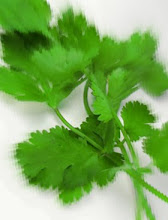 http://www.thehindu.com/2008/06/21/stories/2008062156552000.htm
http://www.thehindu.com/2008/06/21/stories/2008062156552000.htmChaibasa: No truck driver plying on the Haatgamria-Baraiburu road in Jharkhand can escape without giving him his due. He is no toll collector, but a tusker, who has got separated from a herd. He stands for hours each day on the road waiting for food-laden trucks to give him his daily quota of food.
“We don’t mind giving him a bunch of fruits, rice or other eatables. This is his toll,” says a trucker plying on the route.
Fondly called ‘Ramu Haathi,’ he is not always friendly. If he cannot spot a food-laden truck the whole day, he raids roadside hotels for food.
Assistant Conservator of Forests Arvind Kumar says Ramu got detached from a herd several months ago and took shelter in Saranda forests, nearly 50 km from here.
Normally such a loner becomes violent and attacks human habitats, but Ramu is an exception. He has jelled so well with villagers that they take care of it, said Mr. Kumar, who is posted in West Singhbhum district.
Not only food, local brews ‘mahua’ and ‘haria’ also attract them to villages. “Once they get the intoxicating smell, the elephants will not leave the place without tasting it.”

 http://www.thehindu.com/2008/06/21/stories/2008062156552000.htm
http://www.thehindu.com/2008/06/21/stories/2008062156552000.htm
